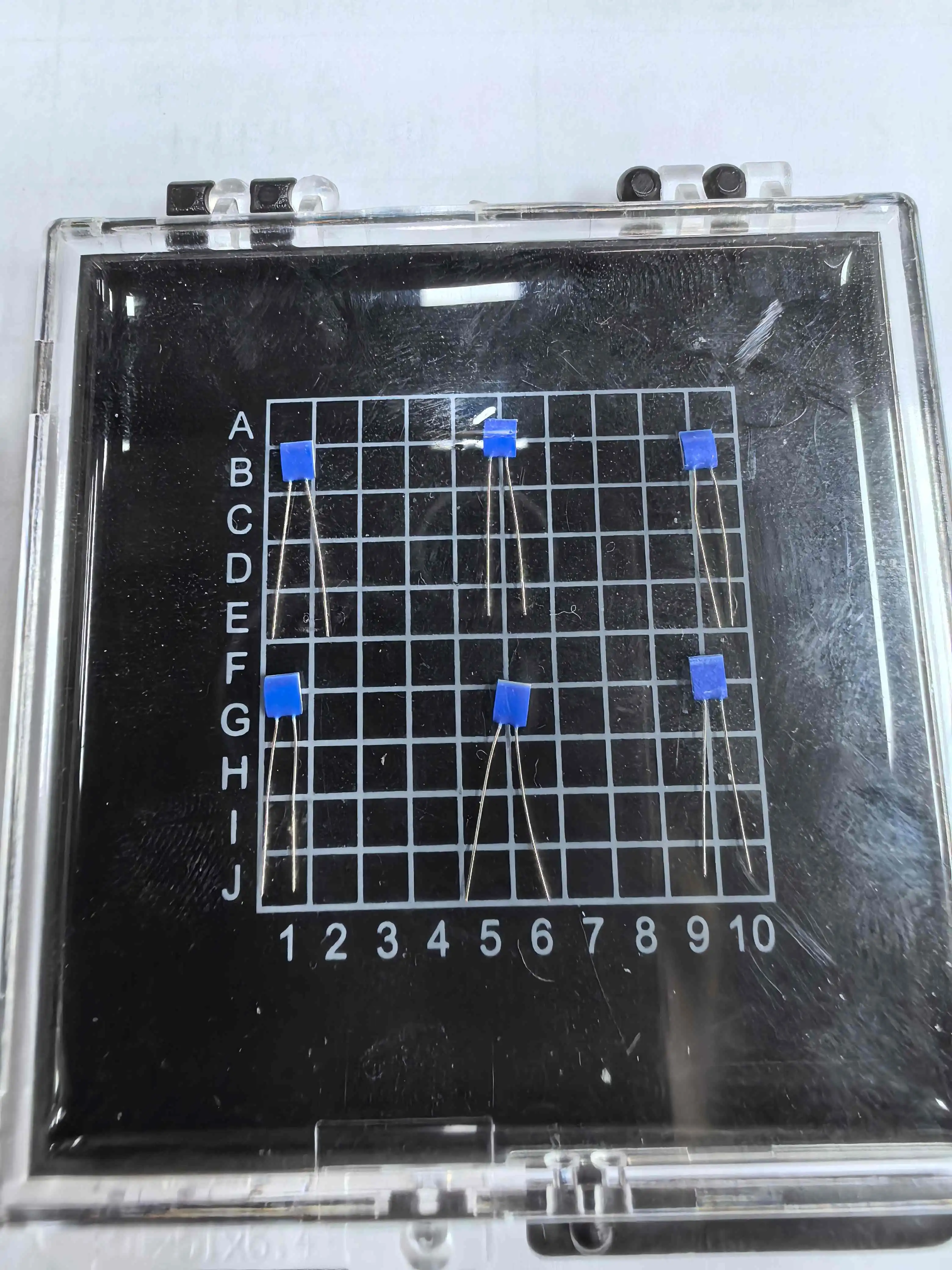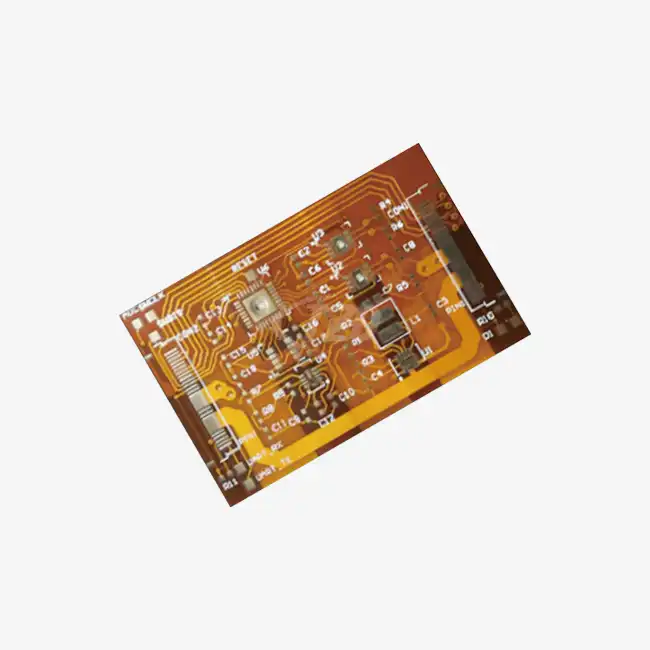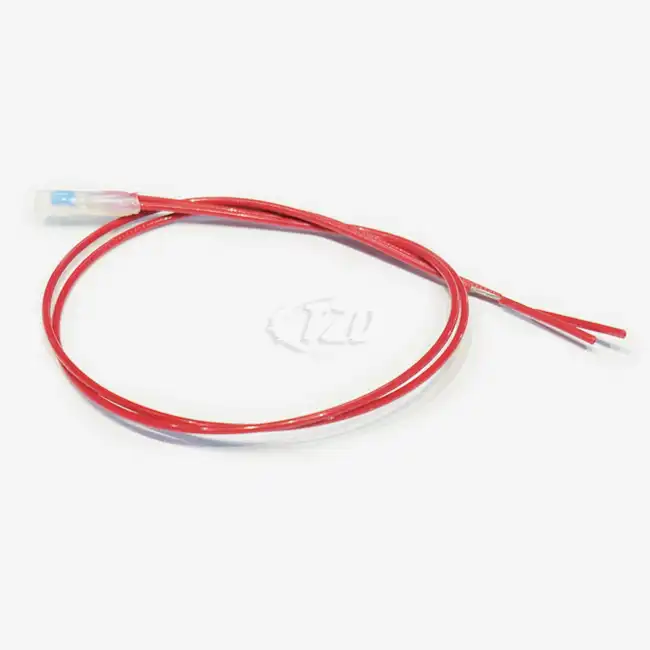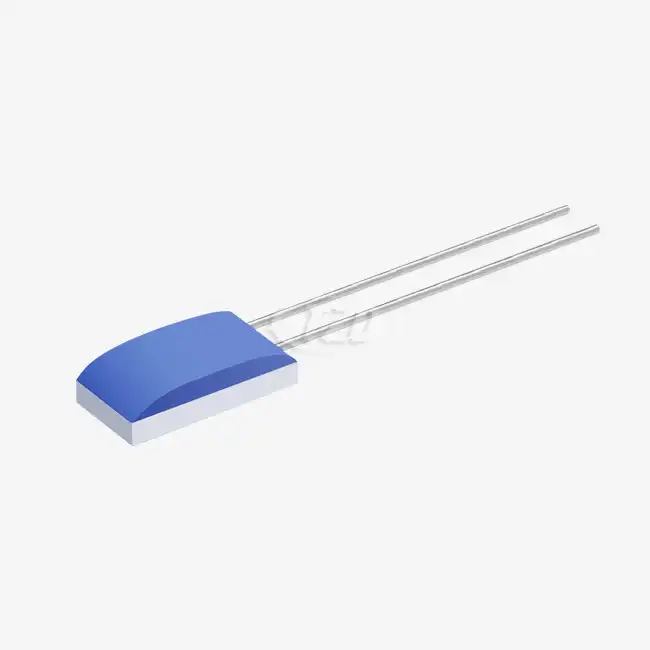Understanding Pt100 Sensors and Their Applications in HVAC
What are Pt100 Sensors?
Pt100 sensors are precision temperature measurement devices that utilize the principle of electrical resistance in platinum to detect temperature changes. The "Pt" in Pt100 stands for platinum, while "100" refers to the sensor's resistance of 100 ohms at 0°C. These sensors are part of the broader category of Resistance Temperature Detectors (RTDs).
Pt100 sensors are renowned for their linearity, stability, and accuracy over a wide temperature range. They typically feature a thin film of platinum deposited on a ceramic substrate, with dimensions as compact as 3.2mm x 1.6mm x 0.7mm. This construction allows for rapid response to temperature changes and excellent repeatability.
Key Characteristics of Pt100 Sensors
Several characteristics make Pt100 sensors particularly suitable for HVAC applications:
- Temperature Coefficient (TCR): Pt100 sensors typically have a TCR of 3850 ppm/°C, providing a consistent and predictable response to temperature changes.
- Wide Temperature Range: These sensors can accurately measure temperatures from -50°C to +200°C, covering the full spectrum of HVAC operations.
- Long-Term Stability: With a resistance drift of ≤±0.06% of R₀°C after 1000 hours at 200°C, Pt100 sensors maintain their accuracy over extended periods.
- Customizable Options: Manufacturers offer various sizes (1.2mm to 4.0mm) and lead materials (platinum nickel, silver nickel, pure platinum) to suit specific HVAC requirements.
Applications in HVAC Systems
In HVAC systems, Pt100 sensors find applications in various components and processes:
- Air Handling Units: Monitoring supply and return air temperatures
- Chillers and Heat Pumps: Measuring refrigerant and water temperatures
- Ductwork: Tracking temperature changes throughout the distribution system
- Zone Control: Providing accurate room temperature readings for individual zone management
- Energy Recovery Systems: Optimizing heat exchange processes
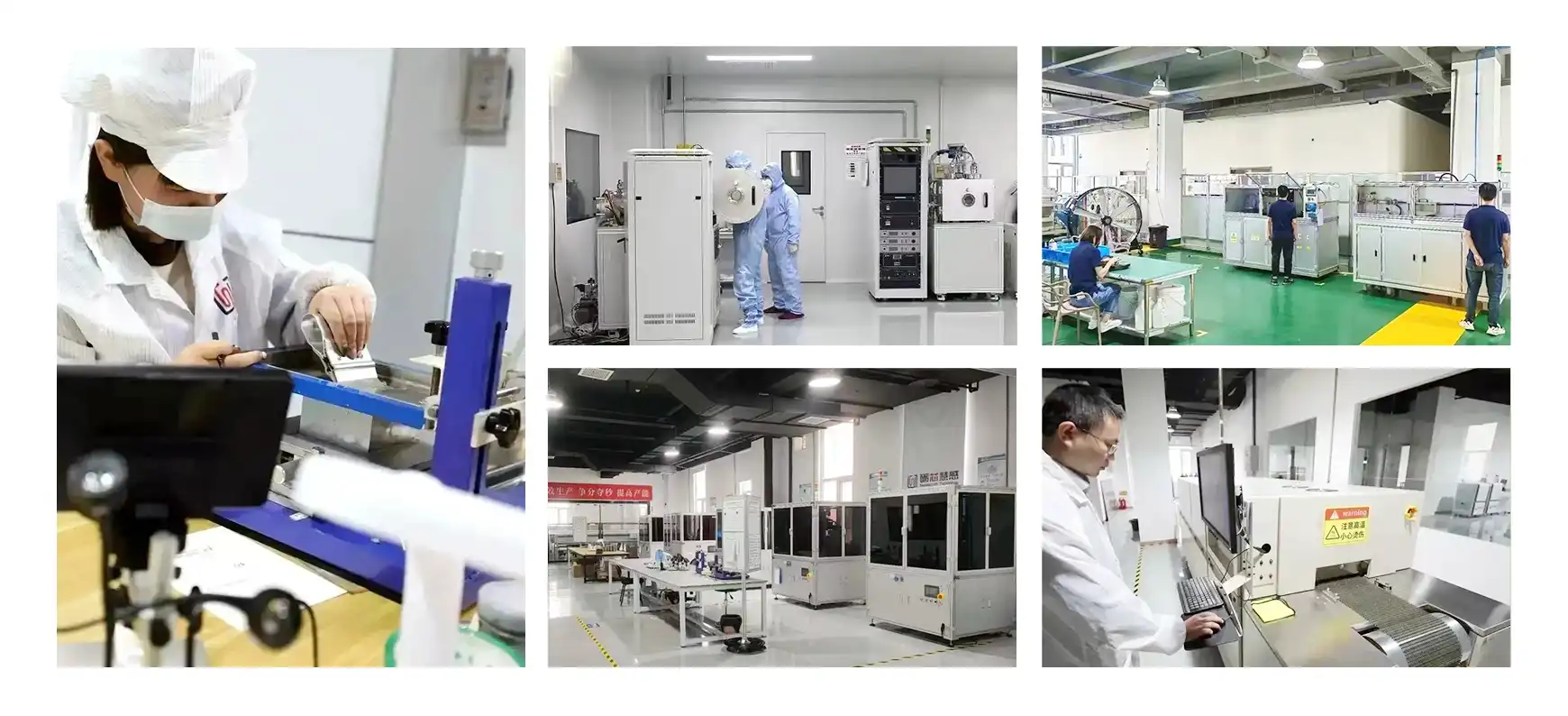
Benefits of Implementing Pt100 Sensors in HVAC Control Systems
Enhanced Temperature Accuracy and Control
The primary advantage of using Pt100 sensors in HVAC systems is their exceptional accuracy. With an accuracy of ±0.01 Ω, these sensors enable precise temperature control, which is crucial for maintaining comfortable and consistent indoor environments. This level of accuracy allows HVAC systems to respond quickly to subtle temperature changes, preventing overheating or overcooling and ensuring optimal comfort for occupants.
Improved Energy Efficiency
Precise temperature control translates directly into energy savings. By accurately measuring and responding to temperature fluctuations, HVAC systems equipped with Pt100 sensors can operate more efficiently, reducing unnecessary heating or cooling cycles. This optimized operation not only lowers energy consumption but also reduces wear and tear on HVAC equipment, potentially extending its lifespan.
Robust Performance in Challenging Environments
Pt100 sensors are designed to withstand demanding conditions often encountered in HVAC applications. Their vibration resistance of up to 40g and impact resistance of 100g make them suitable for use in areas with mechanical vibrations or potential impacts. Additionally, their ability to operate reliably in high-humidity environments and withstand temperature extremes ensures consistent performance across various HVAC scenarios.
Versatility and Adaptability
The wide temperature range of Pt100 sensors (-200°C to +850°C) makes them versatile enough to be used in various HVAC applications, from standard comfort cooling to industrial process heating. Their compact size and customizable options allow for easy integration into different parts of HVAC systems, providing flexibility in system design and implementation.
Installation and Maintenance Considerations for Pt100 Sensors in HVAC Systems
Proper Installation Techniques
To maximize the performance of Pt100 sensors in HVAC systems, proper installation is crucial:
- Placement: Install sensors in locations that provide accurate representation of the area's temperature, away from direct sunlight, drafts, or heat sources.
- Mounting: Ensure secure mounting to prevent vibration-induced errors and maintain good thermal contact with the measured medium.
- Wiring: Use appropriate gauge wires and consider three or four-wire configurations to minimize lead resistance effects.
- Shielding: Implement proper shielding techniques to protect against electromagnetic interference, especially in industrial environments.
Calibration and Maintenance
Regular calibration and maintenance are essential for ensuring the continued accuracy of Pt100 sensors:
- Calibration Schedule: Establish a regular calibration schedule based on the specific application and environmental conditions.
- Cleaning: Periodically clean sensors to remove any buildup that could affect heat transfer and measurement accuracy.
- Inspection: Regularly inspect wiring connections and mounting to ensure they remain secure and free from corrosion.
- Documentation: Maintain detailed records of calibration, maintenance activities, and any observed drift to track sensor performance over time.
Troubleshooting Common Issues
While Pt100 sensors are highly reliable, understanding common issues can help in quick problem resolution:
- Erratic Readings: Often caused by loose connections or electromagnetic interference. Check wiring and shielding.
- Slow Response: May indicate poor thermal contact. Verify proper mounting and consider using thermal compound if appropriate.
- Drift Over Time: Could be a sign of sensor aging or contamination. Compare with a calibrated reference and replace if necessary.
- Open Circuit: Typically indicates a broken wire or sensor. Inspect wiring and replace the sensor if damaged.

Conclusion
Implementing Pt100 sensors in HVAC systems offers substantial benefits in terms of temperature control accuracy, energy efficiency, and system reliability. Their wide temperature range, excellent stability, and robust construction make them ideal for diverse HVAC applications. By understanding the characteristics of Pt100 sensors and following proper installation and maintenance practices, HVAC professionals can significantly enhance system performance and occupant comfort.
As the demand for precise temperature control and energy efficiency in HVAC systems continues to grow, the role of high-quality sensors like Pt100 becomes increasingly critical. For those seeking to optimize their HVAC systems with advanced sensor technology, Xi'an Tongzida Technology Co., Ltd. offers a range of Pt100 sensors and customization options to meet specific requirements. To learn more about our products and how they can improve your HVAC systems, please contact us at sales11@xatzd.com.
